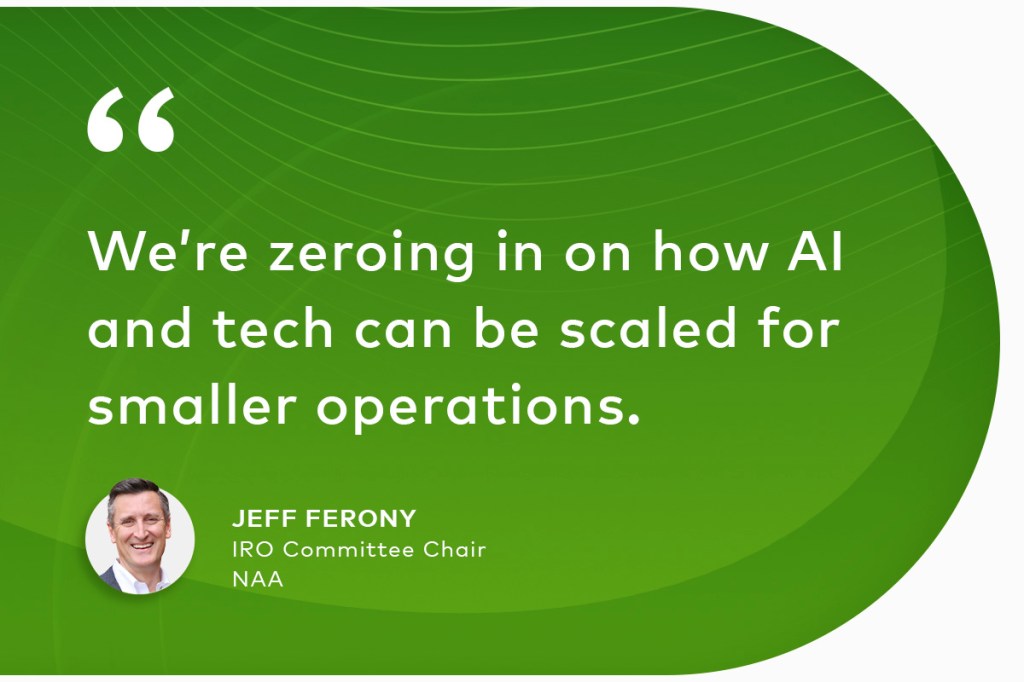Starting in 2020, COVID-19 disrupted the rental housing industry in a fundamental way. Many renters, independent rental owners (IROs) and property management businesses struggled to make ends meet. Something else happened as well: Myths about the rental housing industry became rampant.

2020 set the stage for tense renter/landlord relations
It was no one’s fault that the coronavirus put tens of millions of Americans out of work. In April 2020, one-third of U.S. renters didn’t pay their rent on time. To make matters even more complicated, renter strikes were springing up across the country. (Property managers may recall the tensions of that time.)
To help ease renters’ suffering, the CDC put out a temporary eviction moratorium that was extended several times. (It now expires June 30, 2021 subject to ongoing litigation). But this in turn left millions of property management businesses and IROs at risk of reduced income.
2021 sees additional rent relief programs
This article is not a criticism of renters. In fact, Yardi’s Rent Relief program lets tenants in eligible households apply for federal emergency rental assistance online (as long as the request is related to the coronavirus). Landlords can even apply on behalf of their residents.
So, now that it’s clear we’re not criticizing renters in need of assistance, we come to our main point. Before the pandemic, and certainly during it, landlords have taken a lot of flak. They’ve been accused of being heartless, negligent, only caring about profit, etc.
It seems many criticisms spread by word-of-mouth, amplified by social media. These myths increase tensions between renters and property managers.
Along with the four national rental housing organizations participating with Yardi on the COVID-19 Rental Housing Support Initiative, we’re going to bust some myths about property managers.
Myth #1: Property managers and rental housing providers are large corporate entities with endless supplies of cash
This one is actually two myths in one! Let’s take them one at a time. The first part assumes property managers are part of large corporate structures. The truth is very different, as shown by these stats from a 2018 survey conducted by NAR.
- 41% of rental properties are owned and managed by IROs
- 77% of all properties with 2-4 units are managed by mom-and-pop landlords
- 59% of properties have a mortgage
Clearly, much of this industry is owned and operated by small businesses, not corporations. Which brings us to this: It’s simply not true that the average landlord is “rolling in dough.” Most, including Yardi Breeze users, tend to be average working Americans.
A March 2021 study by the University of Pennsylvania found that over half of property owners surveyed* feel their business will experience severe distress in 6 months or less (if conditions don’t improve).
Only 10.9% think they can make it over a year under present conditions. That means property owners may be forced to cut back on staff, salaries, benefits, amenities, renovations, etc.
The myth of the super-wealthy property manager assumes landlords (and even property owners) are somehow immune to the effects of economic downturns. The truth is that property managers have struggled, and are struggling, as much as anyone else.
Myth #2: Property managers are quick to evict so they can increase the rent
Evictions are expensive, time-consuming, stressful and generally unpleasant. However, they are a reality, and sometimes they’re a necessity. But they’re always a last resort. Here’s a quick breakdown of how much it costs to evict someone:
- Court fees and paperwork: $50-200
- Sheriff’s fee, if required by the state: $50-100
- Attorney fees: costs will vary, but can quickly become steep if the case goes to trial
- Lost rent: evictions can take 3 months, so plan for at least 3 months unpaid rent
- Turnover costs: repainting, renovations, repairs, cleaning, advertising, etc.
- Opportunity costs: meaning time spent on eviction procedures replaces time that would have been spent elsewhere
Property managers can try to retain struggling residents by getting creative. You can develop new payment plans, show residents available resources — such as Rent Relief — or even set new terms in the lease.
Pro tip: Check out 6 Ways To Settle Tenant Issues Without Eviction
Myth #3: Renters are low-income earners who can’t afford to buy a house
In the past, renting was seen as a step on the way to owning a home. Some areas of the country still offer highly affordable homes, but many do not. Likewise, some renters may be considered high earners (over $75,000 per household) but still find themselves priced out of the housing market.
A Joint Center for Housing Studies of Harvard University study shows that the $75K+ income group accounted for over 75% of the growth in rental housing between 2010-2018. That proves it’s not just low-income earners who rent.
Renting can also be a lifestyle choice. Not everyone wants to deal with the hassle and expense of home upkeep. Plus, many millennials and baby boomers enjoy similar rental perks and have shown a preference for renting.
Myth #4: New multifamily housing properties will lower the value of the neighborhood
Does new multifamily housing lower the value of property around it?
No.
Another Joint Center for Housing Studies of Harvard University study, Revisiting Rental Housing: A National Policy Summit, found that new multifamily rental housing developments actually increase property value in working communities. It’s a misconception that the type of housing drives property value. In fact, value is more closely related to the condition of the building.
New, smartly designed apartment buildings tend to offer upgrades and amenities. These features often outclass those found in single family homes, whose renovations and upgrades depend on the homeowner.
Myth #5: Renting hurts the economy
Is renting bad for business? Hardly. This is one of the stranger myths out there about the rental housing industry. According to a housing and economic report by NAA, “Apartments and their residents contribute $3.4 trillion to the U.S. economy annually, supporting 17.5 million jobs.”
Such jobs include:
- Leasing agents
- Inside sales representatives
- Operations managers
- Construction labor
- Accountants
- General labor (landscaping, equipment manufacture/repair, etc.)
- Commercial drivers/transport
- And much, much more
Myth #6: Property management businesses use the pandemic as an excuse to keep common areas closed
It might be frustrating for renters to have their fitness centers or pool areas shut down. After all, they’re paying for these amenities. On the other hand, safety is the biggest concern for property owners and operators. It appears most are following guidelines from the CDC, and that’s how it should be. Safety first!
It’s also possible that supply chains have been disrupted, and management can no longer make repairs or keep equipment maintained. In 2020, a panicked run on stores left shelves bare of paper towels and toilet paper. In 2021 — even into 2022 — supply chain delays and shortages may affect business in unexpected ways. That’s not the property manager’s fault, making this just another busted myth for our list.
Conclusion
It’s not always clear where rental housing myths begin, but we’re trying to put a stop to some of the whoppers out there. Hopefully, this article contains arguments you can use for residents, prospects or community members who have similar misconceptions about the property management industry.
*This survey was conducted in Los Angeles. Property managers in other regions may have difference experiences.



